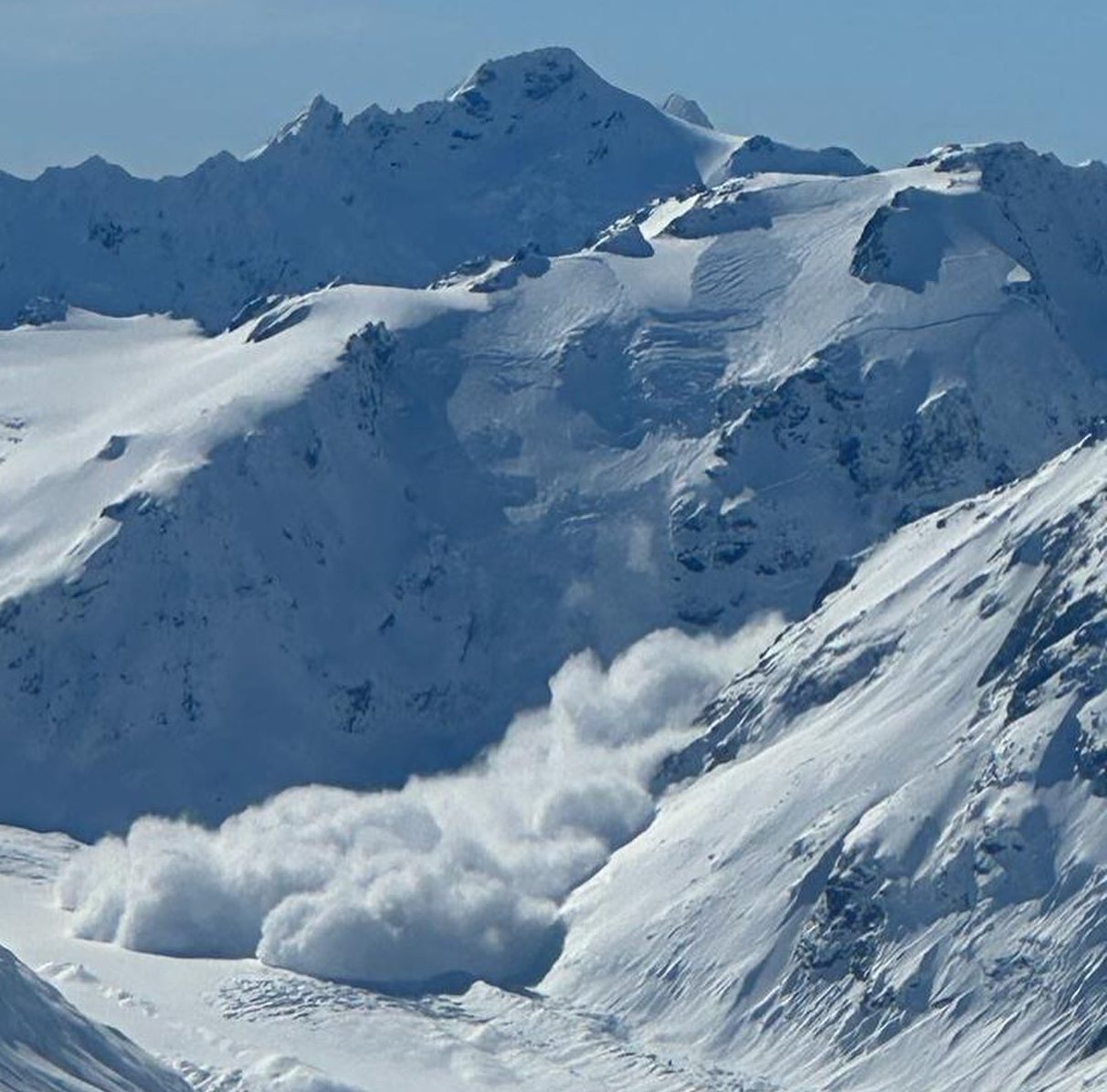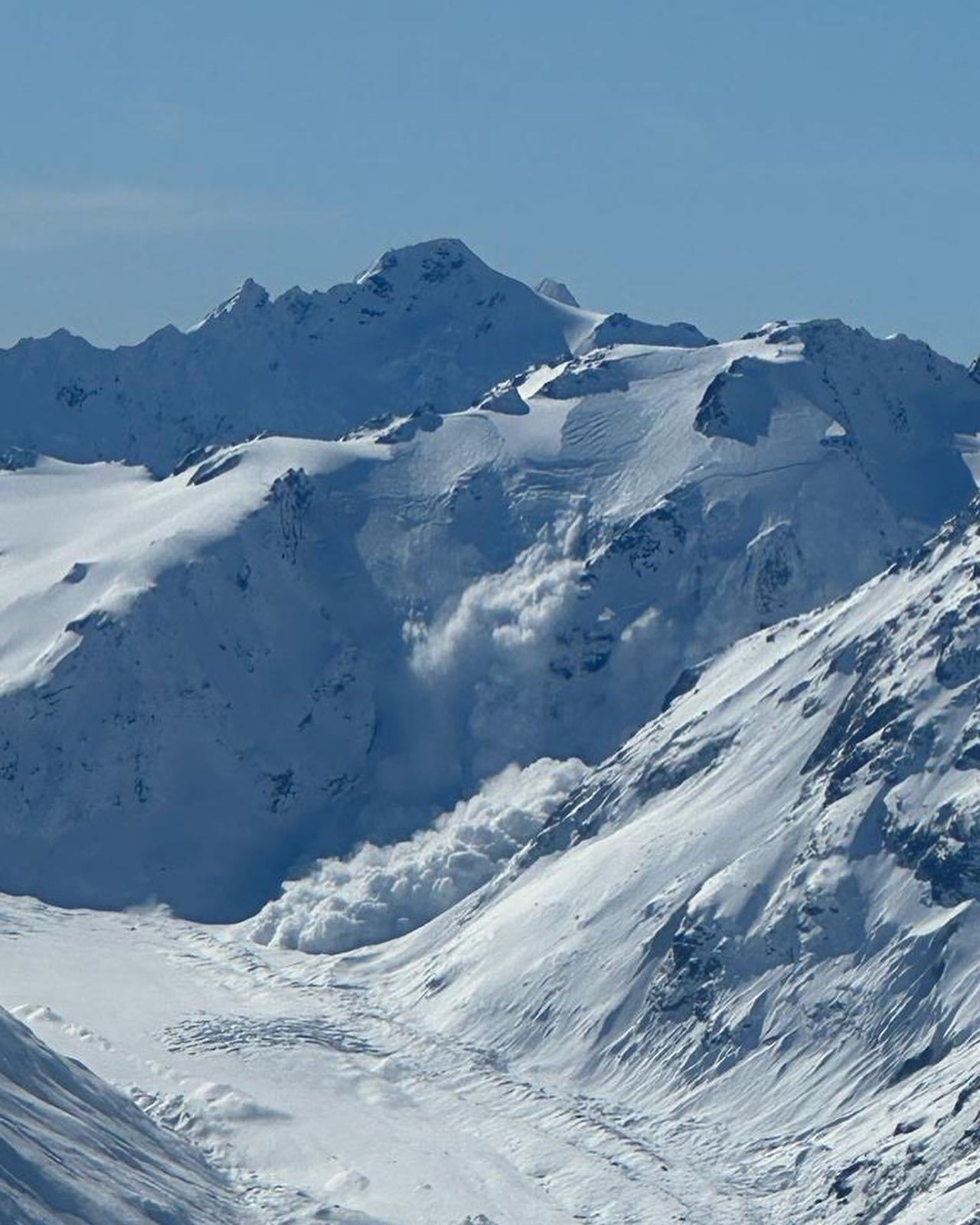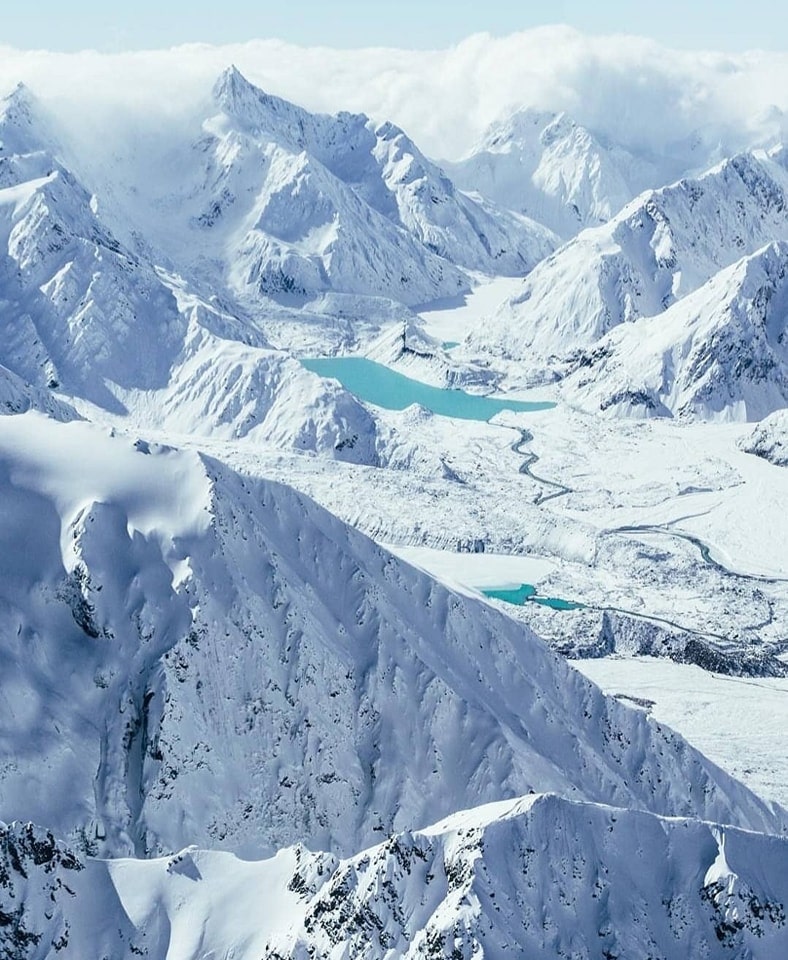
A very large size 5 natural avalanche was observed yesterday up the Murchison Valley in Aoraki/Mt Cook National Park, New Zealand.
The avalanche released from Mt Phyllis and crossed the Aida glacier, one of New Zealand’s several glaciers. The crown wall was at least 1.5km (0.9 miles) long and the debris ran about 2km (1.25 miles) onto the flats.
It it believed that the avalanche was caused by a failure on the persistent weak layer prevalent around much of the alps. The trigger is unknown, but may have been an ice cliff collapse.

Avalanches can occur in Aoraki/Mt Cook National Park in any season as it lies in the centre of the ‘Alpine Fault’, a 650 km (406 miles) long active fault where the Pacific plate and the Indo-Australian plate collide. The fault line makes the area prone to tectonic movement and causes constant change in the Southern Alps of New Zealand. The area therefore has a history of rock avalanches during summer as well. The largest recorded avalanche occurred in the early morning of December 14, 1991, when the fragile top of the then 3,764m (12,349ft) high Mt Cook collapsed, sending 12 million cubic metres of rock down the ice fields of the east face and to the Tasman Glacier on the valley floor. The rock avalanche travelled 7.5 kilometres at an average speed of 200 km/h (125 miles/h) and sometimes reaching speeds exceeding 300km/h (188 miles/h). The rock slide was so large, it recorded an earthquake reading at a seismograph in Twizel, 70 km (44 miles) away and left Aoraki/Mt Cook an official 40m (131ft) shorter than before.
New Zealand Avalanche Advisory issues a warning ahead of the spring touring season: “This winter is highly unusual, and may not fit within your experience of typical snowpack conditions in the Southern Alps. Avalanches may be larger and travel further than you expect, they can also be triggered from below. Needless to say, a very cautious, calculated approach is vital.”
